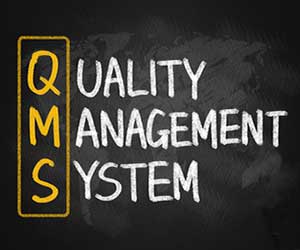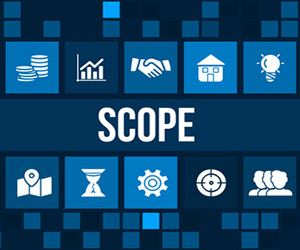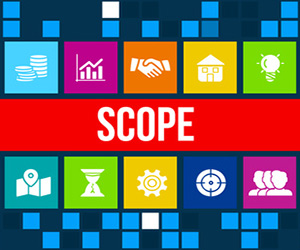What is Value Engineering?
In most industries, standard methods of problem solving have been developed. For example, if you want to build a road from point A to point B and there's a stream in between, you build a standard type of bridge. Human nature tends toward the familiar. If that type of bridge....
How to Create a Work Breakdown Structure
Project Management is like fixing a car - you must break it down into parts. You won't find the problem if you can't isolate the defective part, and you can't fix the problem if the defective part is not separated from the main engine. A Work Breakdown Structure (WBS) represents this division....
Components of a Scope Management Plan
Scope issues are the #1 reason for project failure. A scope management plan is the component of the project management plan that describes how the scope will be defined, developed, monitored, controlled and validated (Project Management Body of Knowledge, 6th Edition). The core of the scope management plan is the....
How to Write a Project Scope Statement
I was once part of a project which went behind schedule and over budget. In response the project manager asked the project team to come up with reasons why the project was late. Naturally the team produced several reasons, and a change in schedule and budget was approved. Everything sounded....
Guide to Project Risk Management
Active project risk management is a concept that has been growing momentum as of late. Project managers are expected to know the risks inherent in their projects and give them the appropriate level of scrutiny. Risk is defined by the Project Management Institute as an uncertain event or condition that,....
The Risk Planning Process
Risk is defined as: An uncertain event or condition that if it occurs, has a positive or negative effect on a Project's Objectives (PMBOK). The effect of uncertainty on objectives (ISO 31000). The possibility that something bad or unpleasant will happen (Miriam-Webster) Risk planning is the process of identifying, prioritizing,....
Applying the PMBOK to Real Projects
The Project Management Institute's Project Management Body of Knowledge (PMBOK) is a very structured, analytical outline of a somewhat abstract topic. Using it to manage projects is like trying to enjoy a play by reading the script. Although the relevant information is there, it is difficult to put into practice without....
How to Use Tacit Knowledge for Competitive Advantage
Tacit knowledge is that which is not codified and transferable through written or oral language, for example personal experience. It is the opposite of explicit knowledge which is learned and can be repeated. Tacit knowledge is held by human beings; It is more difficult to obtain than explicit knowledge but....
How to Perform a Root Cause Analysis
You have a malfunction. Or your project ran into problems. Or your plant's production has fallen. There could be one main reason, or several reasons for the negative event. There could be a chain of events which was initiated by a root cause. How do you decipher the complex web....
The 4 Parts of a Strong Business Case
A business case is the justification an organization uses for making a decision or undertaking an initiative. Its format can range anywhere from a formal report to an informal presentation or memo. Business cases are the foundation upon which all business is built. New capital projects, process improvement initiatives, growth....










